 W
WEmanuel Bowen was a Welsh map engraver, who achieved the unique distinction of becoming Royal Mapmaker to both to King George II of Great Britain and Louis XV of France. Bowen was highly regarded by his contemporaries for producing some of the largest, most detailed and most accurate maps of his era. He is known to have worked with most British cartographic figures of the period including John Owen and Herman Moll.
 W
WWilliam Camden Edwards was a Welsh engraver.
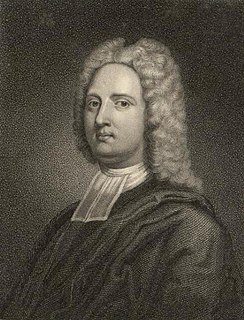 W
WJohn Evans D.D. (1680?–1730) was a Welsh divine.
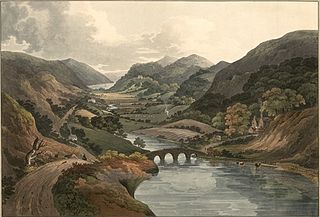 W
WMary Evans, known as Mari y fantell wen was the leader of a short-lived religious cult in Wales whose followers held that she was married to Christ and would never die. The cult soon dissolved after her death.
 W
WRichard Fenton was a Welsh lawyer, topographer and poet.
 W
WJohn Frost was a prominent leader of the British Chartist movement in the Newport Rising.
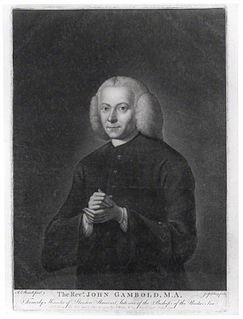 W
WJohn Gambold, was bishop of the Unitas Fratrum.
 W
WWalter Griffith was an officer of the Royal Navy during the American War of Independence.
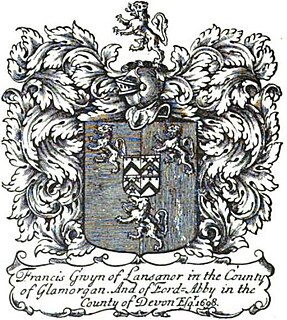 W
WFrancis Gwyn PC, of Llansannor Court, was a Welsh Tory politician who sat in the English and House of Commons at various times between 1673 and 1727.
 W
WSir Edward Mansel, 4th Baronet was a Welsh politician who sat in the House of Commons in three periods between 1660 and 1689.
 W
WJohn Morgan was a Welsh merchant, sheriff and MP.
 W
WWilliam Morgan, FRS was a Welsh physician, physicist and statistician, who is considered the father of modern actuarial science. He is also credited with being the first to record the "invisible light" produced when a current is passed through a partly evacuated glass tube: "the first x-ray tube".
 W
WJemima Nicholas, also known as Jemima Fawr, was a Welsh heroine during the 1797 Battle of Fishguard.
 W
WSir William Ouseley HFRSE FSAScot, was a British orientalist.
 W
WThomas Pennant was a Welsh naturalist, traveller, writer and antiquarian. He was born and lived his whole life at his family estate, Downing Hall near Whitford, Flintshire, in Wales.
 W
WBartholomew Roberts, born John Roberts, was a Welsh pirate who raided ships off the Americas and West Africa between 1719 and 1722. He was the most successful pirate of the Golden Age of Piracy as measured by vessels captured, taking over 400 prizes in his career. He is also known as Black Bart, but this name was never used in his lifetime.
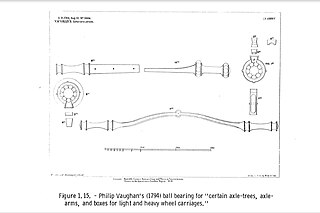 W
WPhilip Vaughan was a Welsh inventor and ironmaster who patented the first design for a ball bearing in 1794. Vaughan's patent described how iron balls could be placed between the wheel and the axle of a carriage. The balls let the carriage wheels rotate freely by reducing friction.
 W
WSarah Wesley, née Gwynne, also known as Sally Wesley was the wife of itinerant Methodist Charles Wesley, brother of John Wesley, the main founder of Methodism. The daughter of a wealthy family, Wesley once performed musically for George III and passed this talent onto two of her sons, both of whom were musical prodigies.